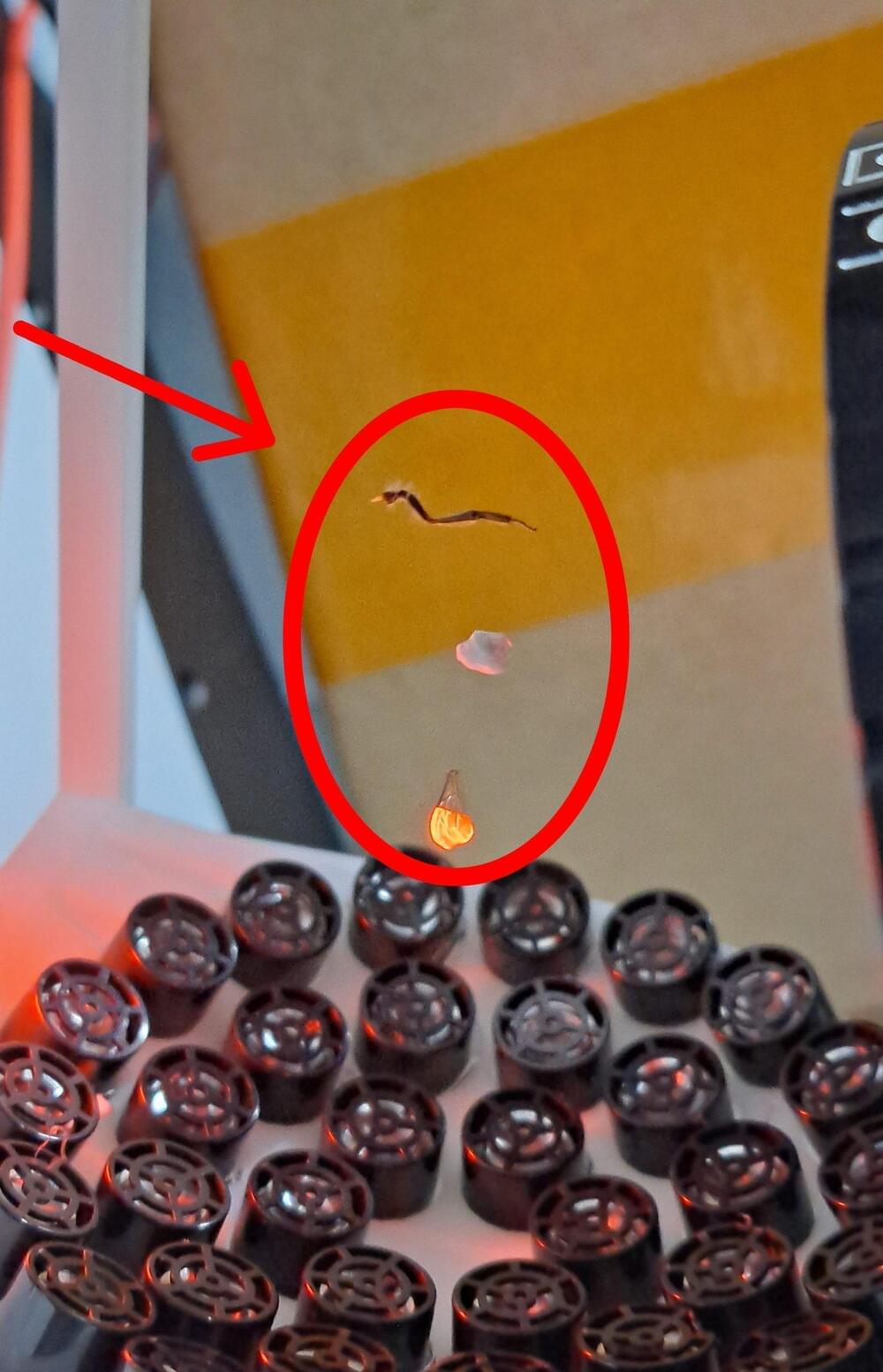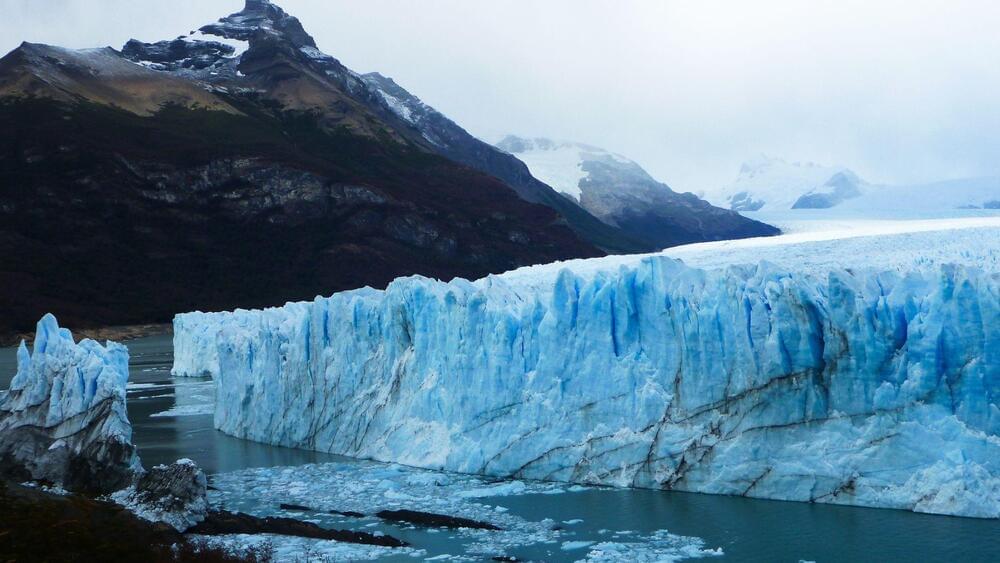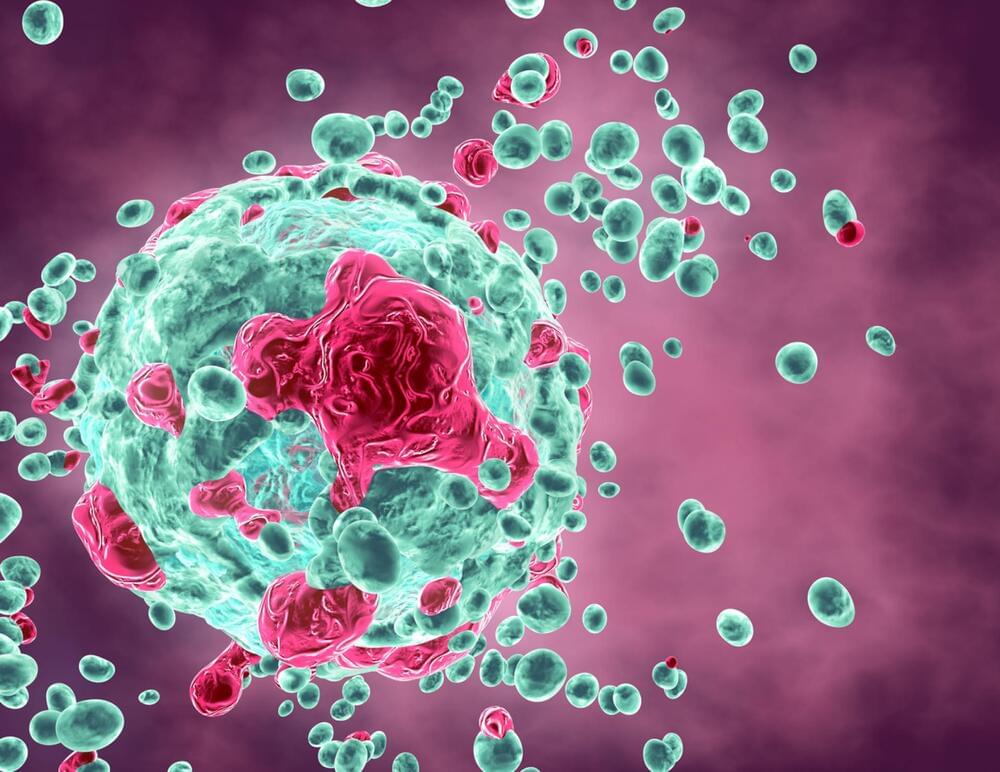Lee Smolin is a theoretical physicist, co-inventor of loop quantum gravity, and a contributor of many interesting ideas to cosmology, quantum field theory, the foundations of quantum mechanics, theoretical biology, and the philosophy of science. He is the author of several books including one that critiques the state of physics and string theory called The Trouble with Physics, and his latest book, Einstein’s Unfinished Revolution: The Search for What Lies Beyond the Quantum.
This episode is presented by Cash App. Download it & use code “LexPodcast”:
Cash App (App Store): https://apple.co/2sPrUHe.
Cash App (Google Play): https://bit.ly/2MlvP5w.
PODCAST INFO:
Podcast website:
Apple Podcasts:
https://apple.co/2lwqZIr.
Spotify:
https://spoti.fi/2nEwCF8
RSS:
https://lexfridman.com/feed/podcast/
Full episodes playlist:
Clips playlist:
EPISODE LINKS:
Books mentioned:
- Einstein’s Unfinished Revolution by Lee Smolin: https://amzn.to/2TsF5c3
- The Trouble With Physics by Lee Smolin: https://amzn.to/2v1FMzy.
- Against Method by Paul Feyerabend: https://amzn.to/2VOPXCD
OUTLINE:
0:00 — Introduction.
3:03 — What is real?
5:03 — Scientific method and scientific progress.
24:57 — Eric Weinstein and radical ideas in science.
29:32 — Quantum mechanics and general relativity.
47:24 — Sean Carroll and many-worlds interpretation of quantum mechanics.
55:33 — Principles in science.
57:24 — String theory.
CONNECT:




